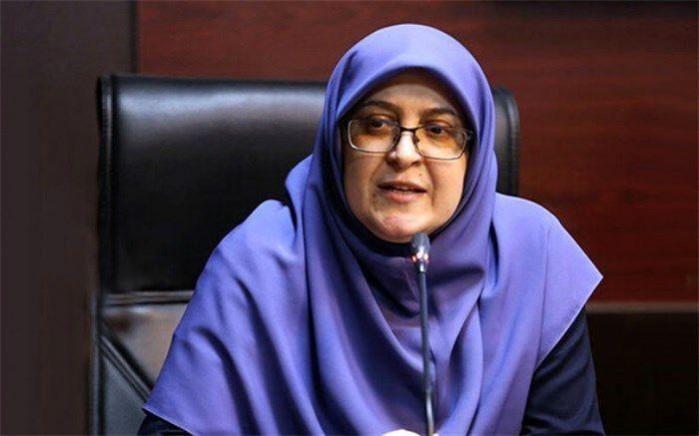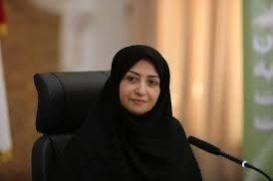
Iran has appointed its first female government spokesperson, Fatemeh Mohajerani, under the regime of President Masoud Pezeshkian. This groundbreaking decision was announced during a cabinet meeting, as reported by Iranian media.
Fatemeh Mohajerani, a 54-year-old Doctor of Business Administration from Edinburgh, is no stranger to leadership roles. She has previously served as the head of the Technical and Vocational Training University of Shariati, a women's institution, during Iran's 11th government.
Her impressive career also includes a stint as the head of the Center for Brilliant Talents, a position she was appointed to by then-Education Minister Seyyed Mohammad Bat'hai in 2017. Mohajerani has held various other positions within the Education Ministry, demonstrating her extensive experience and commitment to public service.
This appointment is not an isolated incident but part of a broader trend of women being appointed to senior positions in the Iranian government. Just last week, President Pezeshkian appointed Shina Ansari as Iran's Deputy President and Head of the Department of Environment. Ansari, an experienced environmental specialist, replaces Ali Salajegheh in this role. Her LinkedIn profile highlights her expertise in waste management, RCRA, sustainable development, and environmental compliance.

Ansari's career has been marked by significant roles in environmental management. She holds a PhD in Environmental Management from the Science & Research University and has served as the Advisor at the Air Quality Control Centre at Tehran Municipality. Her previous roles include Head of Environment and Sustainable Development at the Municipality and General Director of the Bureau of Comprehensive Environmental Pollution Monitoring in the Department of Environment.
President Pezeshkian's cabinet includes Farzaneh Sadeq Malvajard, Iran's second woman minister since the 1979 Islamic Revolution. Malvajard has been approved as the Roads and Urban Development Minister. She served as the Deputy Minister of Urban Planning and Architecture from January 2019 to July 2023. Despite some opposition, she secured the support of 230 out of the 285 lawmakers present during the voting process when her name was read out in Parliament earlier this month.
These appointments are a significant departure from the norm in Iranian politics, where women have historically held fewer high-ranking positions. They signal a move towards greater gender diversity in leadership roles, a trend that is being closely watched by observers both within and outside Iran.
The Iranian Parliament's approval of all of President Pezeshkian's cabinet picks, including the women appointed to senior positions, marks the first full clearance for an incoming administration since 2001. This suggests a level of acceptance and support for the diversity in his cabinet choices, despite initial concerns about the cabinet's composition.

The appointment of Fatemeh Mohajerani as Iran's first female government spokesperson, along with the other recent appointments of women to senior positions, represents a significant shift in Iranian politics. It is a clear indication of the government's commitment to promoting gender diversity in leadership roles.
As Iran continues to make strides in this direction, it will be interesting to see how these changes impact the country's political landscape in the years to come. These developments are a testament to the evolving political climate in Iran, marking a new era of increased female representation in government.














